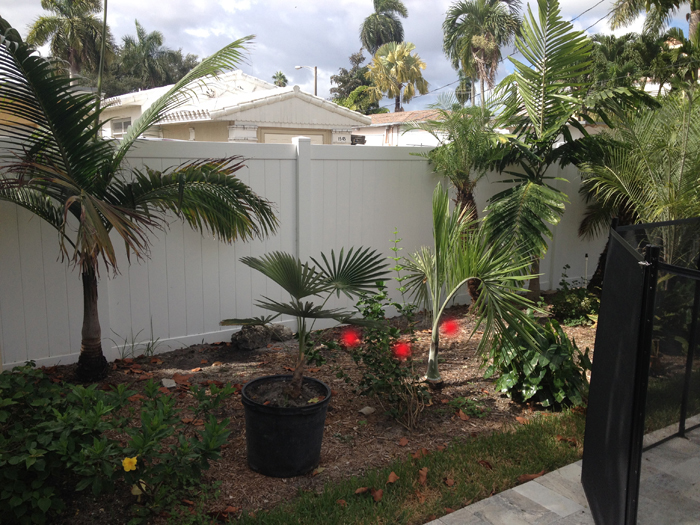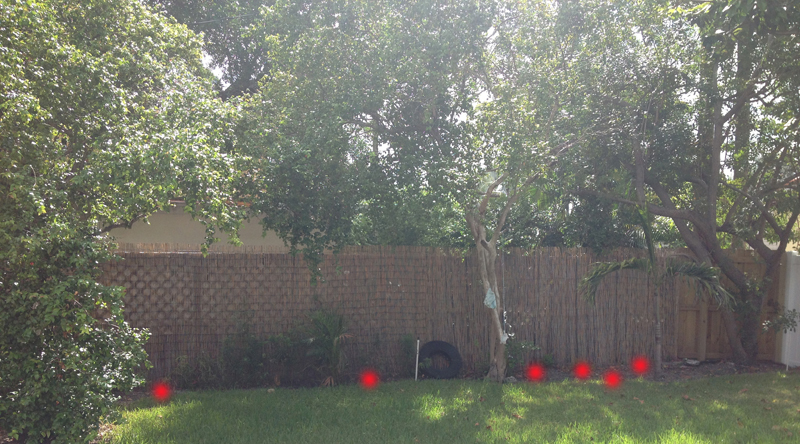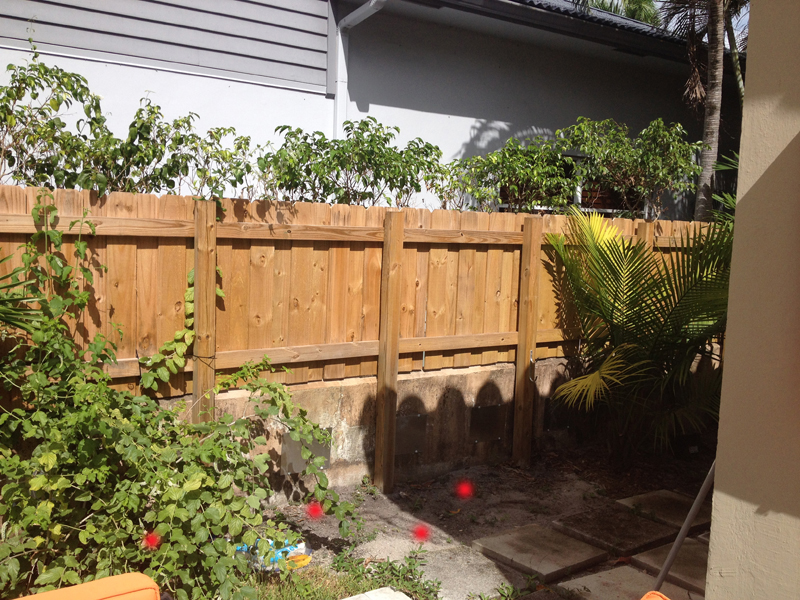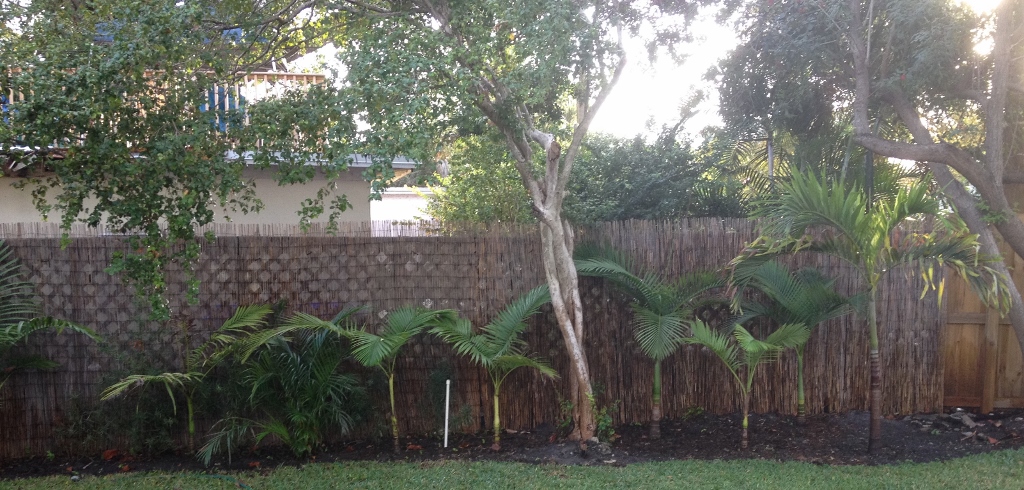TonyLoco
Active Member
- 45
- 25/11/13
- 1
- 28
I want to create a cluster of Archontophoenix in my garden, this is the look I would like to achieve:


The plan would be to plant small ones so that they would grow up to be like this, here are some questions about how to achieve this look:
1) How close together should I plant the palms? Can I go as close as I like? I was thinking of planting each one about 18 inches apart (allowing that mature ones may be 12 inches diameter).
2) Can I plant a mix of species for variety? I was thinking of planting some A. Cumminghamaina, A. Alexandrae, and Montgomery palms mixed in too. Or will mixing the types cause problems when they are planted so close together?
3) In order to give it a dense jungle look I should probably buy them in different sizes. So I was thinking of buying some in 3 gallon containers and some in 7 gallon containers, with the hope that they would grow in a staggering way. Will this work? Or in the long run will the difference between starting in 3 gallon and 7 gallon not be much difference when the palms are 20 feet tall?


The plan would be to plant small ones so that they would grow up to be like this, here are some questions about how to achieve this look:
1) How close together should I plant the palms? Can I go as close as I like? I was thinking of planting each one about 18 inches apart (allowing that mature ones may be 12 inches diameter).
2) Can I plant a mix of species for variety? I was thinking of planting some A. Cumminghamaina, A. Alexandrae, and Montgomery palms mixed in too. Or will mixing the types cause problems when they are planted so close together?
3) In order to give it a dense jungle look I should probably buy them in different sizes. So I was thinking of buying some in 3 gallon containers and some in 7 gallon containers, with the hope that they would grow in a staggering way. Will this work? Or in the long run will the difference between starting in 3 gallon and 7 gallon not be much difference when the palms are 20 feet tall?




